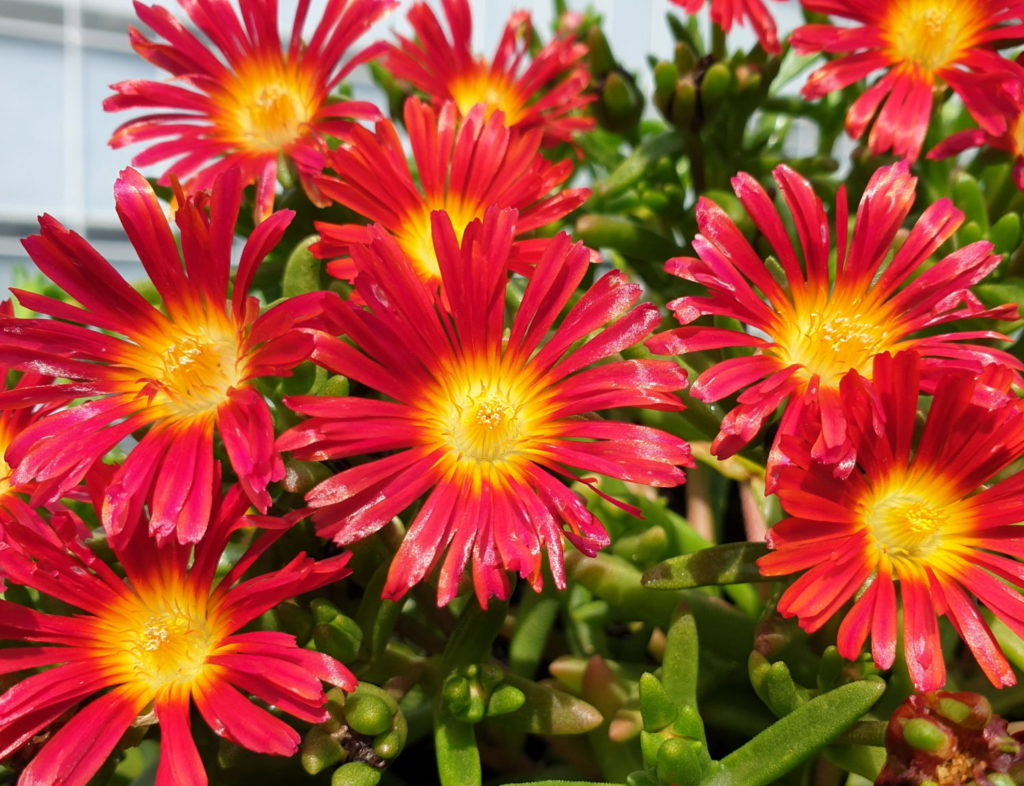
Trending There and Here
Whether it’s clothes, cars or plants, we often look across the Atlantic Ocean to Europe to get a feel of what might be the next hot trend or trends. I reached out to Peter van Rijssen, a.k.a. Plantlover Peter, of Plantipp and Concept Plants, for his insight.
Based in the Netherlands, Peter’s company represents breeders and their new plants from all over the world. He loves talking plants and was excited to share his thoughts on what’s popular with the gardening public, including “it” plants, hot sellers and the up-and-comers.
Peter sees an overarching trend of plants with a purpose. He says the next generation wants to have a better footprint for the world, especially as more and more weather extremes are happening. For instance, water is an issue, so that means they like to buy plants that are drought resistant.
Delosperma ‘Wheels of Wonder Hot Red’
Five years ago, nobody knew what a D’delosperma was, but now millions of Wheels of Wonder (WOW) Ice Plants (photo, above) are being sold across Europe. Peter says he went on vacation but didn’t have anyone to water his garden. When he came back, the Wheels of Wonder were still flowering. He calls them a very forgivable choice. Hot Red is the newest flower color in this series, which boasts bold and bright hues. Hardy to Zone 6, WOW are flowering machines that attract pollinators and are almost zero maintenance.
Another huge trending topic are plants that support pollinators. Everywhere in Europe, especially in Germany, people are promoting “Save the Bees” and “Bee Happy” programs. Peter feels if everyone in the world planted a few drought-resistant and pollinator-friendly plants, it could make a real difference.
Diervilla ‘Honeybee’

If your customers are looking for a hardier option than delosperma that appeals to pollinators, then diervilla is definitely worth consideration. The newest introduction is ‘Honeybee’ — an appropriate name, no? Peter sees the diervilla market rapidly rising due in part to their appeal to bees. ‘Honeybee’, with its bright foliage and durability in the landscape, makes it suitable for mass plantings. All of these reasons make it sought after by governments as a space filling shrub.
How about a cultivar that checks off multiple trend boxes: dwarf, hardy, water wise, easy care, attracts pollinators and cut flowers? It’s not a fantasy, it exists.
Limonium ‘Dazzle Rocks’
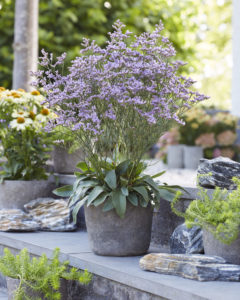
‘Dazzle Rocks’ is a new Limonium gmelinii. This dwarf has long lasting purple-pink blooms, which invite bees and butterflies. The flower stems can be used as both fresh cut or dried. Its size makes it suitable in the ground or containers. It’s Zone 4 hardy and THE plant anyone can be successful with!
Double Duty Plants
Plants with a dual purpose — especially an edible component — are interesting to home gardeners who want to know where their food comes from and because growing vegetables are a family friendly activity outside and in the kitchen. Here are two new considerations from Peter:
Brassica ‘Rainbow Candy Crush’
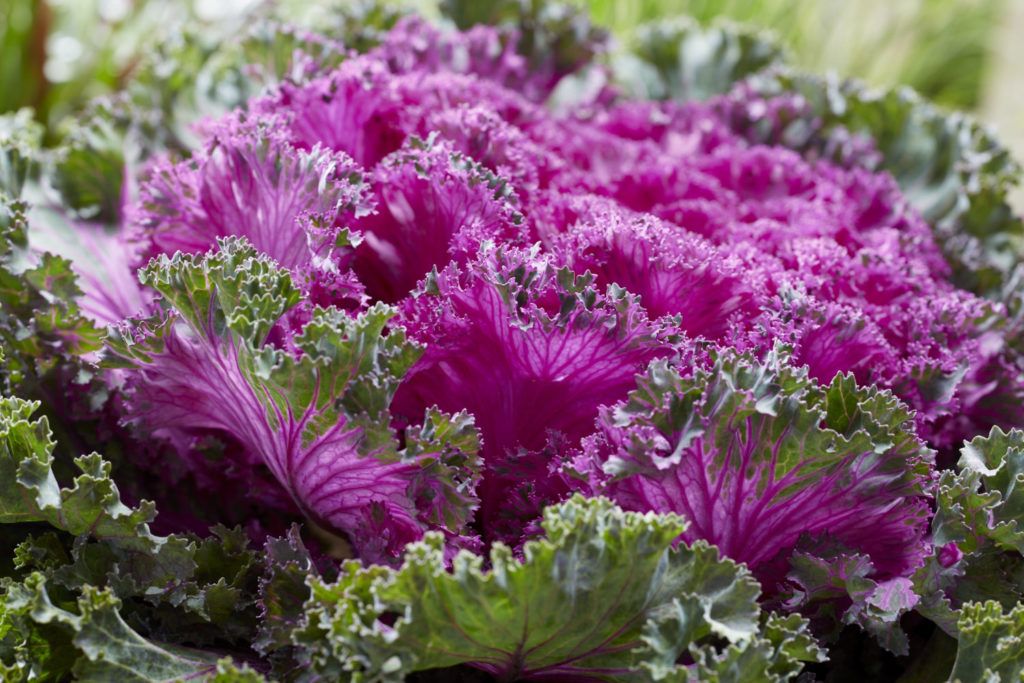
After years of breeding work by Rick Grazzini, meet his ‘Rainbow Candy Crush’, a game-changing, edible ornamental kale. This purple kale is filled with antioxidants and can be eaten in salads, as baked chips in the oven, and in many other super healthy raw or cooked dishes. In either option, it will hold its color! Plant it in the vegetable garden or as a container plant. Eat it or admire it; either way it is a stunner.
Treasure Island Sweet Potatoes
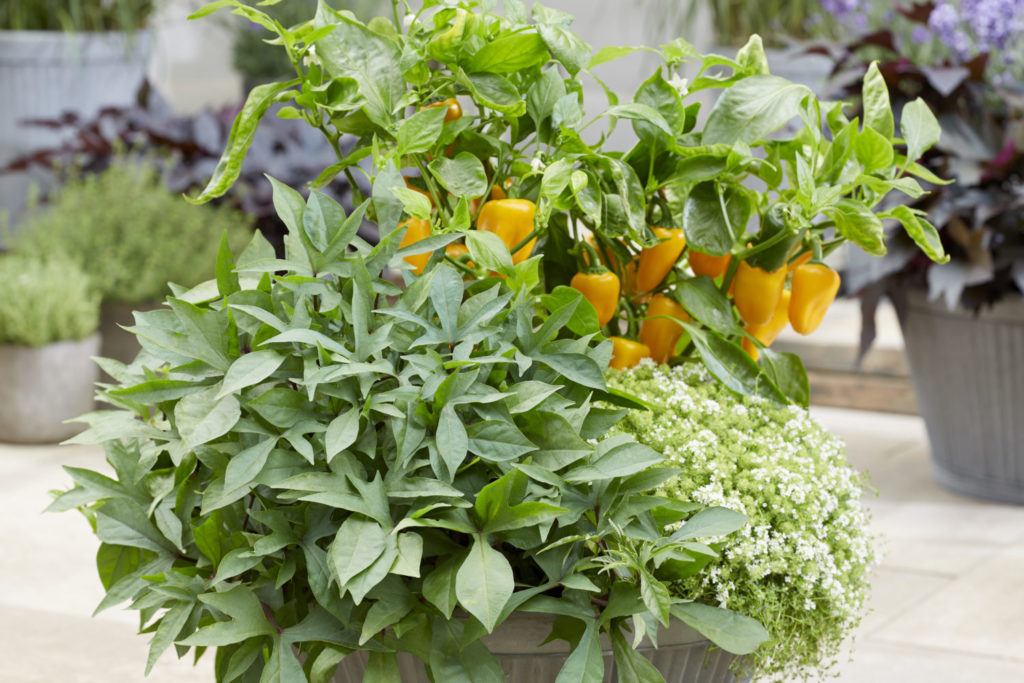
Treasure Island sweet potatoes are an award-winning edible ornamental that provide a range of colorful tubers and tasty foliage. They can be grown in the ground or in large containers. The leaves can be used in salads, smoothies or stir-fried dishes. As traditional, the edible roots are harvested in the fall.
Although an ocean separates us, it’s obvious we have more in common than not when it comes to trend types. However, it’s up to retailers to educate and market to the gardening public so like in Europe, plants, gardening and landscaping are part of the fabric of life, not just a hobby.

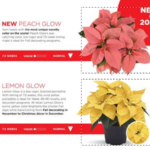

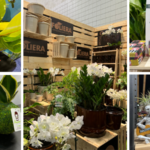



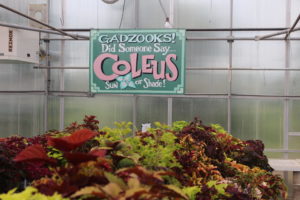
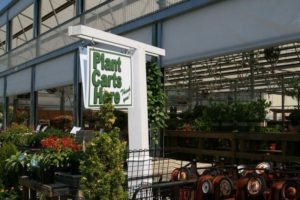

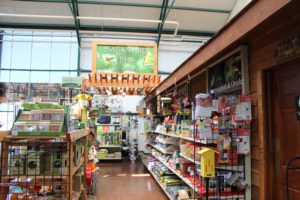
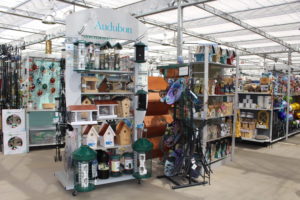
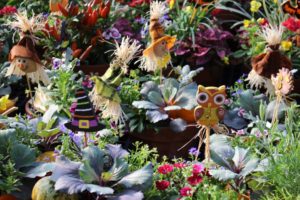
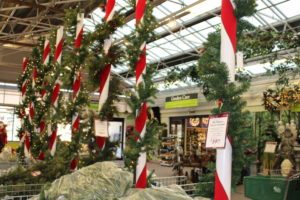

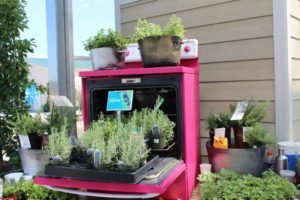
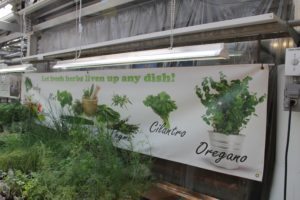
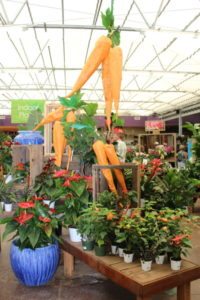
 Videos
Videos





